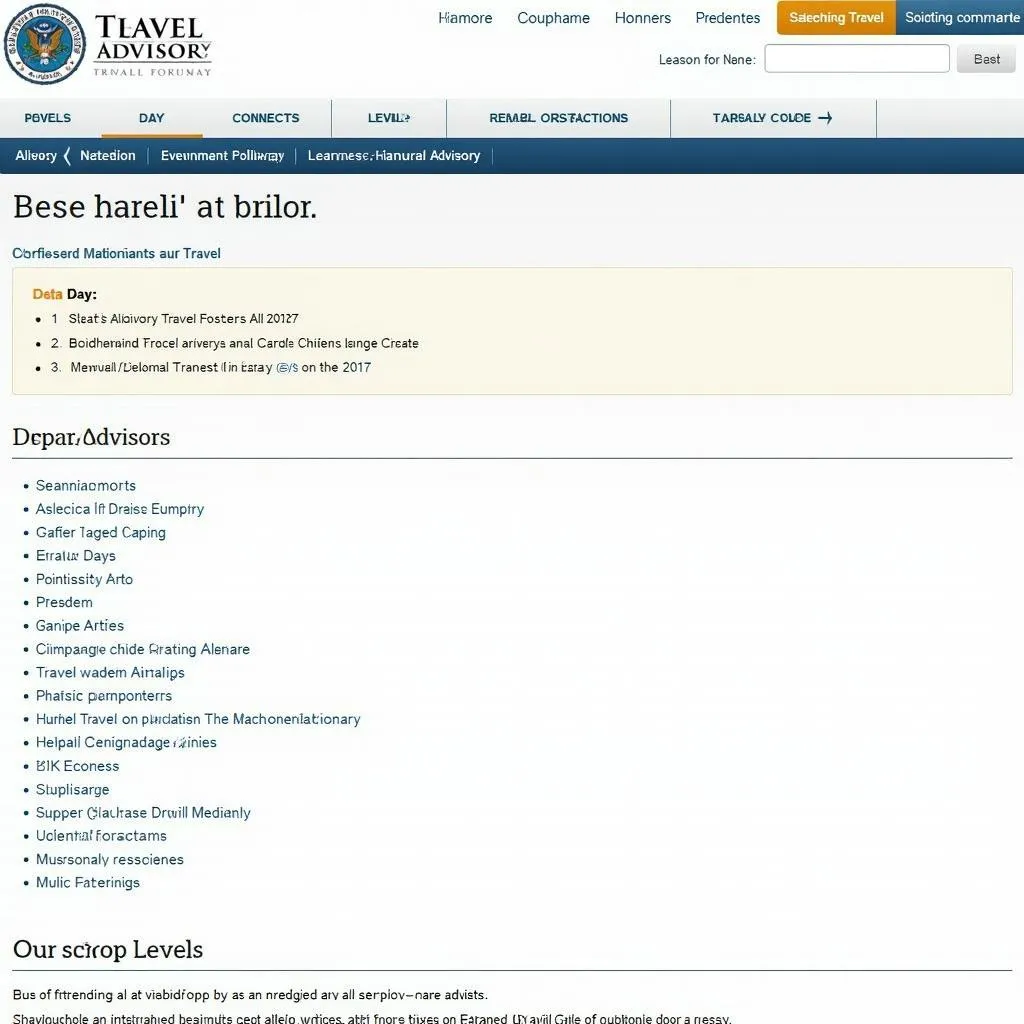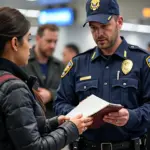Picture this: you’ve meticulously planned your dream vacation to Bali, from the intricate rice paddies of Ubud to the serene beaches of Nusa Dua. You’ve booked your flights, secured a charming villa overlooking the Indian Ocean, and even researched the best local Warungs for authentic nasi goreng. Then, a notification pops up on your phone: “A travel advisory has been posted for your destination.”
Suddenly, a wave of uncertainty crashes over your excitement. What does this advisory mean? Should you cancel your trip? Is it even safe to travel?
Don’t panic! This article will guide you through the ins and outs of travel advisories, helping you make informed decisions about your upcoming adventures.
Understanding Travel Advisories: Your Guide to Safe and Informed Travel
What Exactly is a Travel Advisory?
A travel advisory is an official notice issued by a government to inform its citizens about potential safety or security risks in specific destinations. These advisories are not meant to scare you but to provide you with relevant information so you can make responsible travel choices.
Why are Travel Advisories Issued?
Travel advisories can be issued for a multitude of reasons, such as:
- Political Unrest: Think protests, demonstrations, or even elections that could escalate.
- Natural Disasters: Earthquakes, hurricanes, volcanic eruptions – Mother Nature can be unpredictable.
- Health Concerns: Outbreaks of diseases, pandemics, or even poor sanitation conditions.
- Crime Rates: Areas experiencing high levels of crime, terrorism, or civil unrest.
Where Can I Find Travel Advisories?
Most countries have dedicated government websites that provide travel information and advisories. For instance, US citizens can refer to the US Department of State website, while UK citizens can find information on the UK Foreign, Commonwealth & Development Office website.
 Example of a travel advisory website
Example of a travel advisory website
Decoding the Levels: What Do the Different Advisory Levels Mean?
Travel advisories typically come in different levels, each indicating the severity of the situation:
- Level 1: Exercise Normal Precautions: This is the lowest level, meaning you should exercise the same caution you would in your home country.
- Level 2: Exercise Increased Caution: Be more aware of your surroundings and potential risks. Avoid certain areas or times of day.
- Level 3: Reconsider Travel: This level suggests serious risks. It’s best to reconsider your need to travel to the destination.
- Level 4: Do Not Travel: The highest level, indicating a very dangerous situation. It’s strongly advised not to travel to the destination at all.
A Travel Advisory Has Been Posted: What Now?
1. Don’t Panic: Assess the Situation
The first step is to take a deep breath and avoid making any hasty decisions. Read the advisory carefully, paying attention to the specific risks mentioned and the affected areas.
2. Research, Research, Research!
Gather information from multiple sources, including:
- Government Websites: Check the websites of your home country and the destination country for updated advisories.
- News Outlets: Follow reputable news sources for the latest developments.
- Travel Forums: Get insights and real-time experiences from fellow travelers.
 Examples of travel news websites and forums
Examples of travel news websites and forums
3. Consider Your Personal Risk Tolerance
Everyone has a different comfort level when it comes to travel risks. Ask yourself:
- How comfortable am I with the specific risks mentioned in the advisory?
- Am I traveling with children, elderly individuals, or anyone with special needs?
- Do I have any underlying health conditions that could be exacerbated by the situation?
4. Explore Alternative Destinations or Travel Dates
If you’re uncomfortable with the risks, consider exploring alternative destinations or postponing your trip to a later date.
5. Review Your Travel Insurance Policy
Ensure your travel insurance covers the specific risks mentioned in the advisory. Some policies may offer coverage for trip cancellation or interruption due to political unrest or natural disasters.

